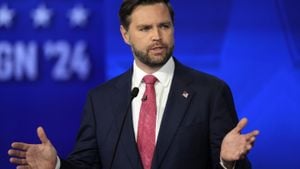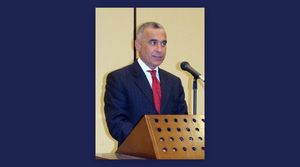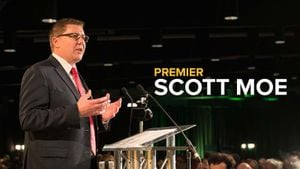The world of motorsport never stands still, and as the new racing season approaches, the future of the Super Formula teams remains shrouded in uncertainty. This Japanese single-seater championship, which plays a pivotal role as a feeder series for drivers aspiring to reach Formula 1, is at a crossroads. Teams are grappling with challenges like funding, regulatory requirements, and shifts in the competitive racing environment.
Super Formula has always held its own with impressive technology and talented drivers, yet the waves of change are prompting teams to ponder their sustainability. Teams must navigate the balancing act between attracting sponsorship and maintaining performance levels, which can be especially tough amid the financial constraints many organizations are facing globally.
One of the standout names, Team Mugen, experienced both success and hardship recently. Known for its caliber and technological prowess, the team secured multiple wins but struggles to line up its future sponsors. To compound issues, the team faces growing competition not only from traditional rivals but also from newer entrants eager to carve out their stake. Keep those engines roaring, right?
Meanwhile, Team Yamamoto also finds itself at this proverbial crossroads. After several seasons characterized by both brilliant races and missed opportunities, the management announced plans to take stock of their approach. “We’re evaluating everything—especially our partnerships and sponsorships,” said team principal, Matsuhashi Yamamoto, underscoring the importance of solid backing. “Every factor plays a role, and we have to adapt to stay competitive.”
With significant changes expected within the championship, including potential regulation updates aimed at enhancing safety and performance, these teams must stay on their toes. The uncertainty bred by potential rule changes has prompted many teams to rethink their operational strategies. Some analysts argue the regulatory modifications might be beneficial in terms of driver safety but could pose financial burdens for teams expected to make considerable upgrades.
On top of this, the competition from international teams and series like the European Formula 2 continues to amplify, creating ripples even within the Super Formula ecosystem. What does this mean for local teams? They must not only vie against each other but also contemplate how attractive their lineup and branding are for prospective drivers and sponsors who may look elsewhere.
Consider the case of Naoki Yamamoto, one of the superstars of Super Formula, who recently hinted at exploring options beyond his current team. Yamamoto, who has secured important victories and carved out his niche, might be swayed by potential opportunities elsewhere. His comments stirred speculation among fans and observers. “I want to keep my options open and see where I fit best,” Yamamoto stated, highlighting the sentiment reflected among other backups.
Meanwhile, the drivers themselves have become more vocal about the leagues they want to participate in. Several young racers are clamoring for spots, shifting the balance and intensifying the competition for limited seats. “Every driver wants to be noticed. Having the resources and visibility plays to our advantage,” commented rising star Ryo Hirakawa. These individual aspirations only exacerbate the collective uncertainty surrounding the teams.
This year, we also see the impacts of the global pandemic reflected more acutely. Events and logistics continue to pose headaches, with teams wary about travel restrictions and contingencies and how these might affect sponsorship opportunities. The protocol for races and attendance remains subjects of speculation. How these elements play out could very well dictate the championship outlook.
Despite these hurdles, there’s still optimism among the Super Formula teams. They are adapting, considering new methods to keep fans engaged, and reevaluated marketing strategies to build partnerships. The allure of racing remains powerful, and fans’ enthusiasm can be infectious. “The energy from the fans is something you crave on race day; it fuels everything we do,” noted one team mechanic.
Team representatives are also calling for industry-wide support, as many share the incredulous sentiment: if Formula 1 teams can garner significant corporate backing, why not their championship? The hope is to cultivate relationships with brands willing to connect with motorsport. Industry experts advise teams to streamline their marketing, focusing on what makes each one unique.
Looking forward, the teams are at varying stages of readiness for the upcoming season; some are already preparing their cars, scouting potential drivers, and tightening their operational budgets. Others are on precarious ground, running on fumes, gauging loyalty from sponsors, and listing the best ways to appeal to new ones.
These teams know they must push through the uncertainty, fueled by passion for racing and their commitment to the track. Future options are being mapped, and whether the season leads to despair or delight remains to be seen. Each team, driver, and sponsor has their role to play, making it one of the most intriguing periods for Super Formula’s futures.
Time will tell if these changes forge stronger alliances or if cracks will widen. The engines will roar to life, but this race may be as much about survival as speed. With the right adjustments and strategies, the road may just open up for the Super Formula teams, steering clear of the hazards lying in wait.



